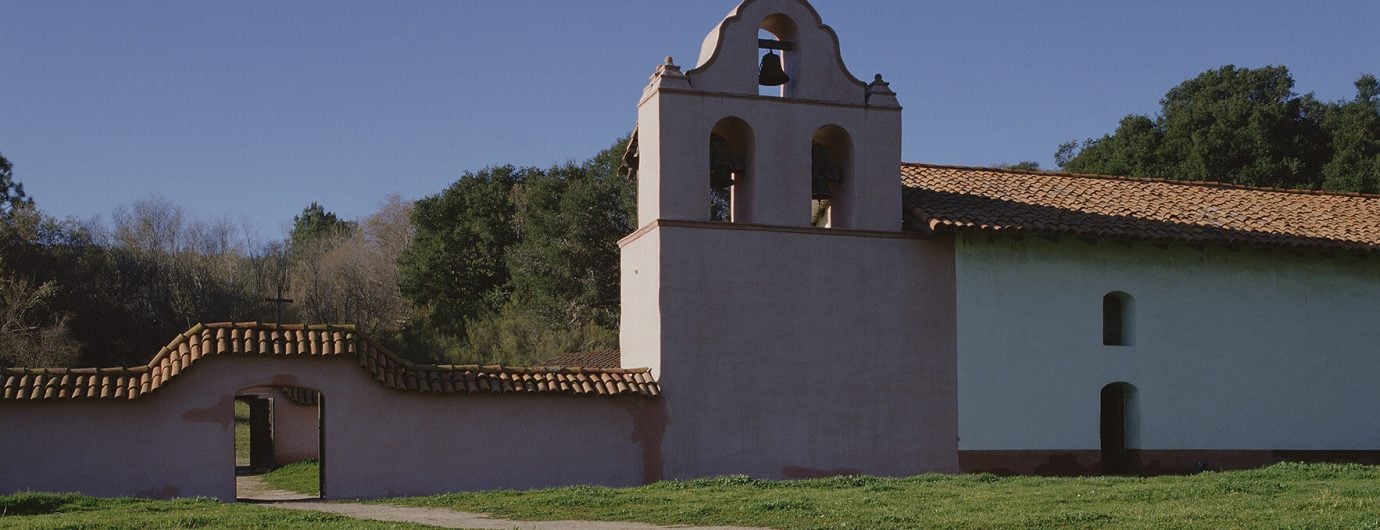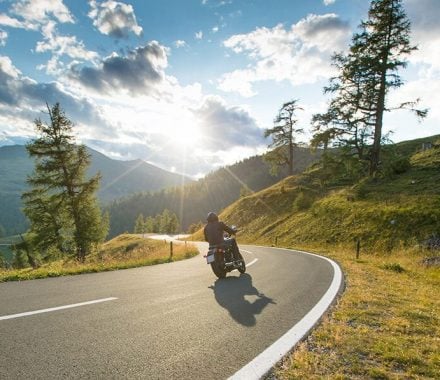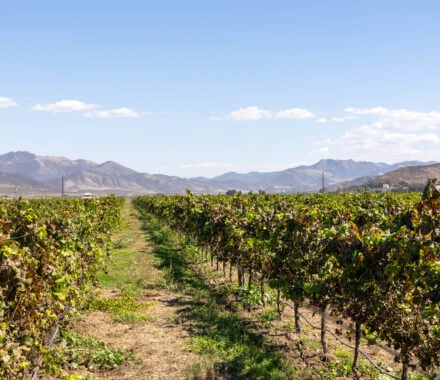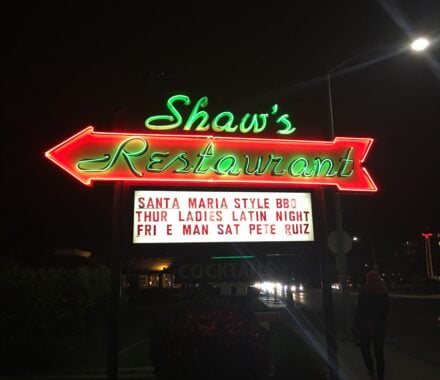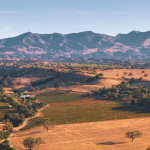Art and intricate rock carvings inspired by the wind-swept valleys, rich soil, narrow coastal terraces and miles of coastline are just a small piece of the cultural impacts the Chumash people left on California’s Central and Southern Coast regions. From historic cities like Nipomo, Lompoc, and Sisquoc, to the south of Malibu all the way up to the north of San Luis Obispo—and what is known as Santa Maria Valley today—the Chumash people were, and still are, one of the most unique, complex, and advanced cultures on the continent and still live in and around the valley to this day.
An Inspired Way of Life
For thousands of years, it’s estimated that more than 20,000 Chumash people lived across California’s coastline. Their storied past can be traced to the Channel Islands; “Chumash” translates to “people of the islands,” and the success of their rich and thriving culture is directly linked to their respect for the natural resources they were surrounded by.
The first inhabitants of the region found a use for almost every type of plant and animal available to them. This sustainable way of living ensured food, clothing, medicine, baskets, canoes, and tools were all readily available and that the natural environment remained preserved. It was this environment that also inspired many art forms and gave way to a variety of different games, crafts, and languages to spring to life. In fact, the Chumash people spoke six different languages—the first known languages spoken in North America. And although they were somewhat isolated, there is still so much to be learned about these resilient people and their sustainable practices. With no written records, everything that’s known about them was passed down orally or came from early European explorers and, later, Spanish missionaries and rancheros.
Hunters, Gatherers, & Adept Seafarers
The Chumash had both fear and the utmost respect for the knowledge that nature provided. They were innovative and resourceful, and weren’t dependent on traditional agricultural practices. Their ‘tomols’ (boats and canoes) gave them an abundance of fishing and trade opportunities, and allowed them to travel up and down the coast to other villages.
Pro-tip: To truly take in the area the Chumash people called home, visit The Chumash Trail. It takes you straight up the steep shoulders of Mugu Peak and gives way to expansive views of the Santa Monica Mountains, the Ventura and Santa Barbara County coastlines, and the Channel Islands. This trail connected the rich tidelands of Mugu Lagoon with the gentle La Jolla Valley area, which was dotted with many Chumash villages.
The Chumash people ate seasonally—primarily gathering acorns, seeds, bulbs, roots, and nuts, as well as wild game like bears, seals, otters, shellfish, deer, and rabbits. The availability of both warm and cool climates, from both the water and the land, made way for rich resources and a strong connection to nature. Their homes (called ‘ap ‘ap) were built to be waterproof and made with local plant materials. Their baskets and mats were woven (these and beads were used for trade), and bones and plants were—and still are—used for tools and clothing to this day.
Art, Religion, Plants, & Stars
With revenue from the Chumash Casino Resort located in Santa Ynez Valley, the Santa Ynez Band of Chumash Indians continue to provide cultural enrichment programs that ensure their culture remains strong within the tribe and is preserved for future generations. Like their ancestors, whose art and games were designed to teach younger children about sportsmanship and useful skills for hunting and crafts, the programs and stories told today still aim to teach children about their relationship with nature and their cultural and religious beliefs.
The first-ever recorded chief of the Chumash was female, and women within the tribe were highly regarded. This is one of the many unique things about the Chumash—being a matrilocal society, men would move in with the wife’s family after marriage—and they were very well-versed in both astronomy and ethnobotany (the study of plants and the food, medicine, shelter, dyes, fibers, oils, resins, gums, soaps, waxes, latex, tannins, and contribution to the air we breathe that they provide). By studying the stars—the North Star, Polaris, being one of the most important figures to their culture—they were able to plant and prepare for changes in the climate in correspondence with the sun
Pro-tip: Explore the integral trade networks that were developed with the Yokuts in the southern San Joaquin Valley along the Santa Maria and Cuyama rivers at La Purisima Mission State Historic Park in Santa Maria Valley. This land is where many Chumash people called home. Here, you can learn more about the Central Chumash languages which became known as ‘Purísimeño,’ their trade networks, and how they applied their study of the stars and plants to everyday life.
How the Chumash Shaped Santa Maria Valley
We have Chumash trade and travel routes to thank for what we know as Santa Maria Valley today. Trails that lead to salt and water used by these native peoples were used for military expeditions, tolls, and eventually became the modern Santa Maria Valley we know and love today.
Fun fact: In 2007, the Chairman of the Santa Ynez Band of Chumash Indians, Vincent Armenta, mapped the 1769 Gaspar de Portolá expedition through the region, resulting in Highway 154’s historic status and the updated title, “Chumash Highway.”
Chumash names are still used throughout the region, including Pismo, which was derived from the Chumash word for the asphaltum tar that seeps through natural fissures in the earth and sea floor. Hueneme and Malibu were also once the Chumash villages of Wene’me and Maliwu, too. Of the 21 missions along California’s Historic Mission Trail which are either on or near Highway 101, La Purisima Mission Historic State Park is the most fully restored and pays homage to the first inhabitants of California’s Central and Southern Coasts.
The Chumash’s influence on Santa Maria Valley can be seen just about everywhere you look, and we have so much to thank them for. Some of this can be found today in the artwork and paintings in the caves found in the rolling hills along the coastline. And, many cities throughout Santa Maria Valley and Santa Barbara County still use traditional Chumash names.
Their way of life and respect for the rich valley we call home is something tribal members work hard to preserve by sharing their culture and traditions throughout Santa Maria Valley and beyond.
